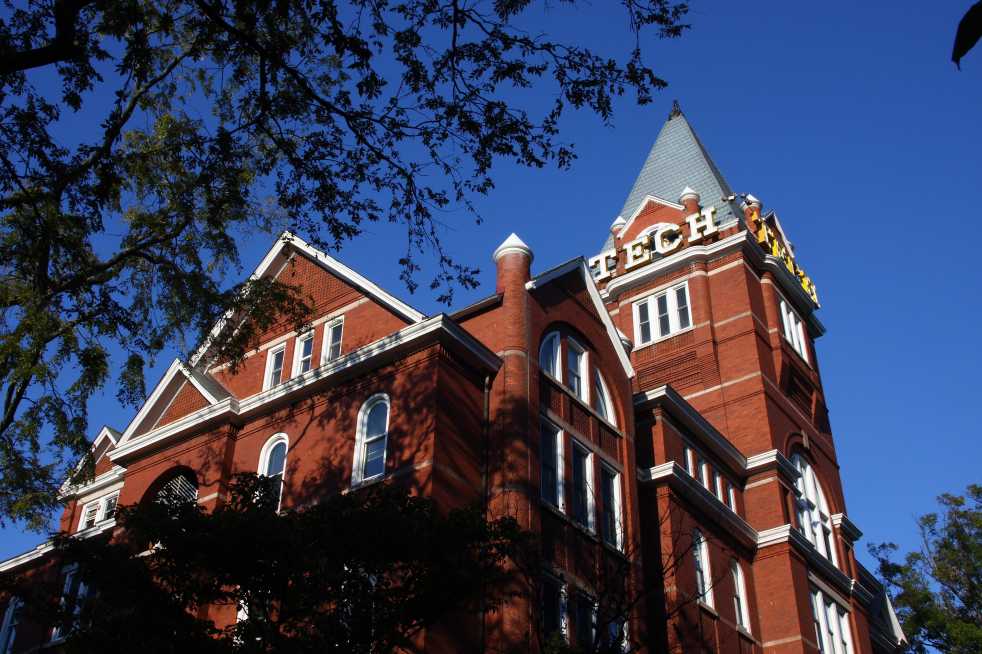As the fiscal year begins to wrap up, the Institute Budget Planning & Administration Department will receive the final word from the Board of Regents on what the tuition for the next year will be. And most likely, it will be higher. To a degree, why shouldn’t it be?
I’m not saying I’m condoning increased tuition for the student body. Believe me, I’m not one to waste money. Not to say that I’m outright stingy, but if there’s a better deal out there, I sure as hell will go out and find it.
But one thing I tend not to shy away from is the higher cost of investing in something. A nice two-button suit, a large, durable water bottle and of course, a quality college education. Coming to Tech, I knew I was making a worthy investment in my education for a variety of reasons.
Although Georgia seems to be on its way of coming out of the economic slump, with the largest year-over-year employment growth of 2.1 percent since June 2006, the economic climate still remains relatively bleak.
The state funding Tech receives, for example, has declined significantly over the past five years.
The state funding Tech receives, for example, has declined significantly over the past five years. According to data published by the Budget Office, in 2008, Tech received $274 million in state appropriations—but at the end of the fiscal year 2012, they had only received $187 million, which is a 31 percent decrease.
Parallel to this cut in state funding was the increased enrollment of nearly 2,500 students since 2008, as well as an increase in the number of instructional faculty from 871 at the end of 2008 to 1,225 to the end of 2012, according to the Common Data Sets provided by the Office of Institutional Research and Planning. In turn, however, the student tuition recovered by the Institute increased from $165 million to $259 million from fiscal year (FY) 2008 to FY 2012.
Is this higher tuition increase suitably able to offset the decrease in state funding? Some may argue that increased students and increased faculty lead to greater tuition and research overhead dollars for the Institute.
But taking a look at the multi-million dollar investments Tech has made over this period of time (the CULC, the CNES building and McCamish to name a few), these relative increases pale in comparison, or at least render the higher tuition generated revenue neutral.
There is a point in me being a bit of a number wonk here. As evident, both the number of “clients” for the university, students and faculty, have risen, while state funding has decreased. The amount of resources the Institute must provide, then, has also gone up.
To maintain the current level of quality, inevitably Tech will spend more money.
But what happens if students want continual progress? Expanded Student Center, more faculty and smaller student-to-faculty ratio, resource centers for the minorities on campus, a greater arts community, more diverse course offerings and the list goes on. As much as it may escape our minds at times, these things cost money.
And while the state continues to cut the money it gives Tech, which it will in the foreseeable future, the institution needs to recover those funds somehow. Increasing the tuition required is one way to do it without sacrificing the quality of the education it provides.
I’ve heard, from the student body, other solutions, such as increasing the number of students admitted.
After all, our funding from the state, while decreasing, is correlated with the number of students we have attending.
Although there will probably be a shift from this formula in 2015, proponents of lower tuition rates may argue that increasing the size of the student body would garner greater tuition and higher state funding. This is not ideal, since larger class sizes is one of the last things this institution needs.
Keeping all this in mind, I know it won’t be entirely surprising if my tuition suddenly jumps up a few percentage points. And to be perfectly honest, I would be an idiot to blame the administration for this. To the best of my knowledge and research, the Institute higher-ups are working hard and negotiating with the state to get more funds so we don’t have to pay more money out of pocket.
Although it’s taken me a few hundred words to get to my main point, I want to say that higher tuition rates, while I do not favor them at all, aren’t entirely adverse.
Lower tuition does have its benefits – greater student retention, less financial aid dollars needed to be spent, etc.
To the optimist, they serve as an indication that the standard of the education you’re investing in isn’t being sacrificed.
Lower tuition does have its benefits—greater student retention, less financial aid dollars needed to be spent, etc. I mean, the education we receive here is one of the, if not the, highest rate of returns on our investment, and if the price of it goes up somewhat marginally compared to what we’ll be making in a few years, that may be a small price to pay.
